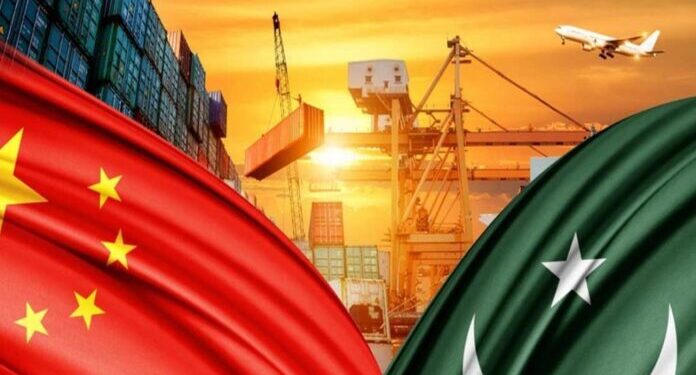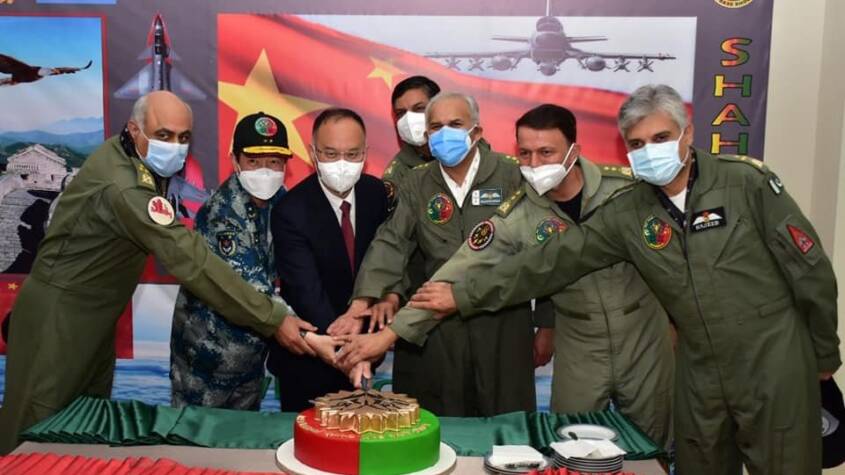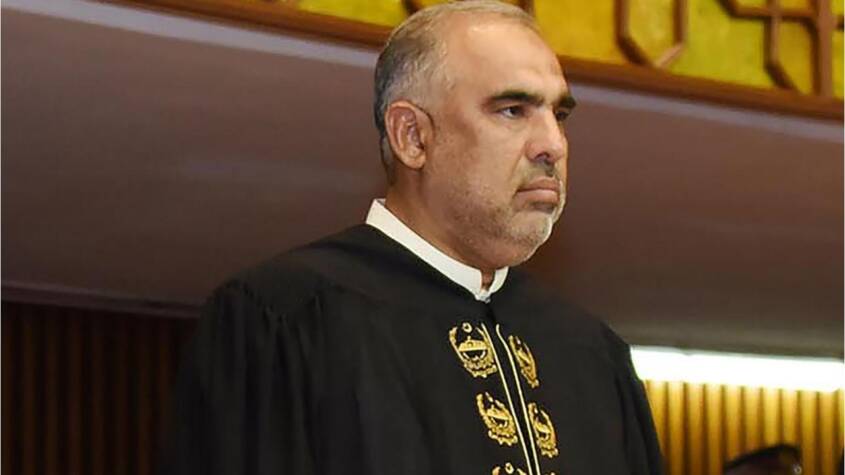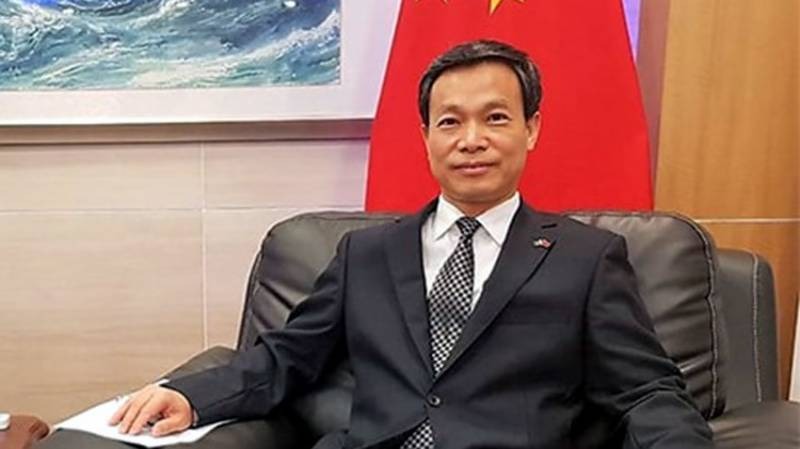CPFTA Phase II expands trade opportunities for Pakistan as in 2025 it provides expansion in trade opportunities.
The China-Pakistan Free Trade Agreement (CPFTA) Phase II, which was implemented between 2019 and 2024, has now transitioned into a new phase in 2025. The amendments introduced in this phase aim to make the agreement more favorable for Pakistan, expanding its export potential in China through increased tariff concessions and broader product coverage.
The CPFTA Phase II (2025) was officially approved during President Asif Ali Zardari’s recent five-day visit to China from February 4 to 10. Both nations have agreed to further discussions on trade liberalization under this framework, exploring new concessional trade arrangements based on mutual benefit and cooperation.
According to the State Bank of Pakistan (SBP), Pakistan’s exports to China amounted to USD 1.053 billion in the last six months of the current fiscal year, which is set to conclude in June 2025. Before the initial FTA phase in 2006, Pakistan’s exports to China stood at only USD 0.5 billion. A senior official from the Ministry of Commerce highlighted that CPFTA Phase II has contributed to a 37% increase in Foreign Direct Investment (FDI), which reached USD 1.88 billion in the first half of FY2024-25, compared to USD 1.38 billion during the same period last year.
The first FTA was signed on November 24, 2006, and concluded in December 2012. Subsequently, CPFTA Phase I was signed on April 28, 2019, coming into effect on January 1, 2020, while CPFTA Phase II was finalized in 2024.
By the end of the initial phase, China and Pakistan had removed tariffs on 35.5% of product lines. With CPFTA Phase II, this coverage has expanded to 75% of products on both sides.
Phase II of the CPFTA has significantly enhanced market access for both countries. China has eliminated tariffs on 313 product lines, benefiting Pakistan’s key exports, which include textiles, cotton, frozen meat, seafood, prepared food, chemicals, marble, plastics, footwear, machinery, leather, oilseeds, chili, auto parts, and engineering goods.
Under CPFTA Phase II, both nations have agreed to liberalize 75% of tariff lines over a 10-year period for China and 15 years for Pakistan. China has immediately removed tariffs on 313 key Pakistani export items. The concessions cover a wide range of products, including garments, seafood, leather, chemicals, plastics, home appliances, and auto parts.
Meanwhile, Pakistan has provided China market access primarily for raw materials, intermediate goods, and machinery. This access to affordable imported inputs is expected to boost Pakistan’s export competitiveness and contribute to the upgrading of its industrial production.
Related Posts

















